In this article, the professionals of AFA Rioja explain how they continue to apply cognitive stimulation at the center to treat people affected by Alzheimer’s and other types of dementia.
The Association of Family Members of Alzheimer’s Patients of La Rioja was founded in 1993 in a social context in which Alzheimer’s was barely known and its diagnosis was often confused with other conditions such as depression or other types of neurocognitive disorders.
“We provide services to our entire autonomous community as a single-province community that we are, and what we try to do is improve the quality of life of both people affected by Alzheimer’s and their families”. – Esperanza Moraga Herce, Director of AFA Rioja.
Since the association’s team began using our platform, as a form of group and individual testing among the population of people affected by Alzheimer’s, around ten years have already passed.
At the beginning, the expectations were clear:
“As far as users go, we needed it to be engaging, enjoyable, and to convey a feeling of working. That it wouldn’t be monotonous and that it would have that stimulating yet meaningful component. Do we think it has been achieved? Yes, there are so many formats we can create to plan work in the sessions that we have never once questioned NeuronUP’s value.” – Aitor Piñeiro Gago.
There is no doubt that the wide variety of resources on the platform and its classification by areas of intervention, as well as the platform’s regular updates, have been some of the main factors for continuing to use NeuronUP in the center year after year.
Currently, the professionals at AFA Rioja combine the cognitive stimulation activities offered by NeuronUP with a number of other stimulation methodologies, ranging from the more traditional to others of a more occupational nature.
“We don’t understand cognitive stimulation, within a person’s individualized plan, if NeuronUP is not included as one of the work proposals that complements the rest”. – Aitor Piñeiro Gago, occupational therapist for groups.
The team of occupational therapists states that they use our platform quite frequently. Specifically, NeuronUP is fundamental in the daily individual interventions, while it is also a key element in the group interventions held twice a week.
“We usually work in a group format with a computer and projector. We project onto a screen and use a cooperative methodology, sometimes allowing free participation or individual participation.” – Aitor Piñeiro Gago.
Some of the digital activities that have been working best recently with users are Form Words, Bottle Caps and Sticky Notes in Order, although those focused on counting the visual stimuli or sentence formation are also of particular interest.
“They find it much more dynamic to work with NeuronUP, both in small groups and individually, than to work with other formats. In general, all the activities are very well received among the users and I see them more motivated to work on the day NeuronUP is scheduled than on the day something else is scheduled.” – Diego Badiola Díaz, occupational therapist.
NeuronUP has become indispensable at AFA Rioja and maybe it could be at your center too!
If you enjoyed this article about the AFA Rioja and NeuronUP, you will probably be interested in these NeuronUP articles:
“This article has been translated. Link to the original article in Spanish:”
AFA Rioja y NeuronUP, diez años de neurorrehabilitación juntos
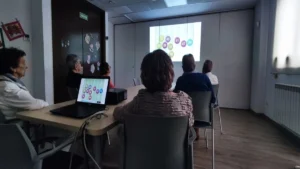
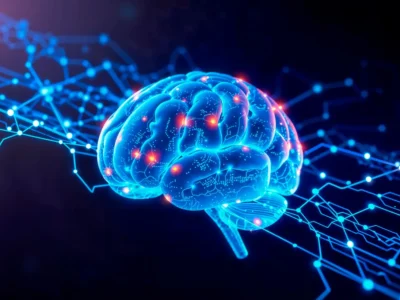
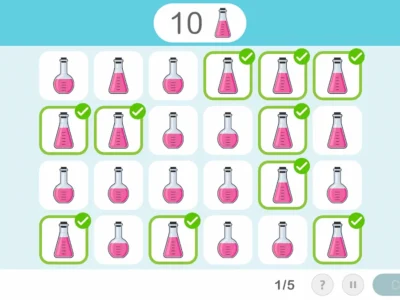
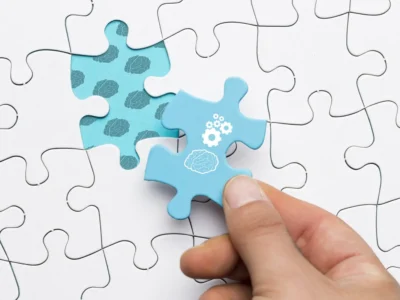
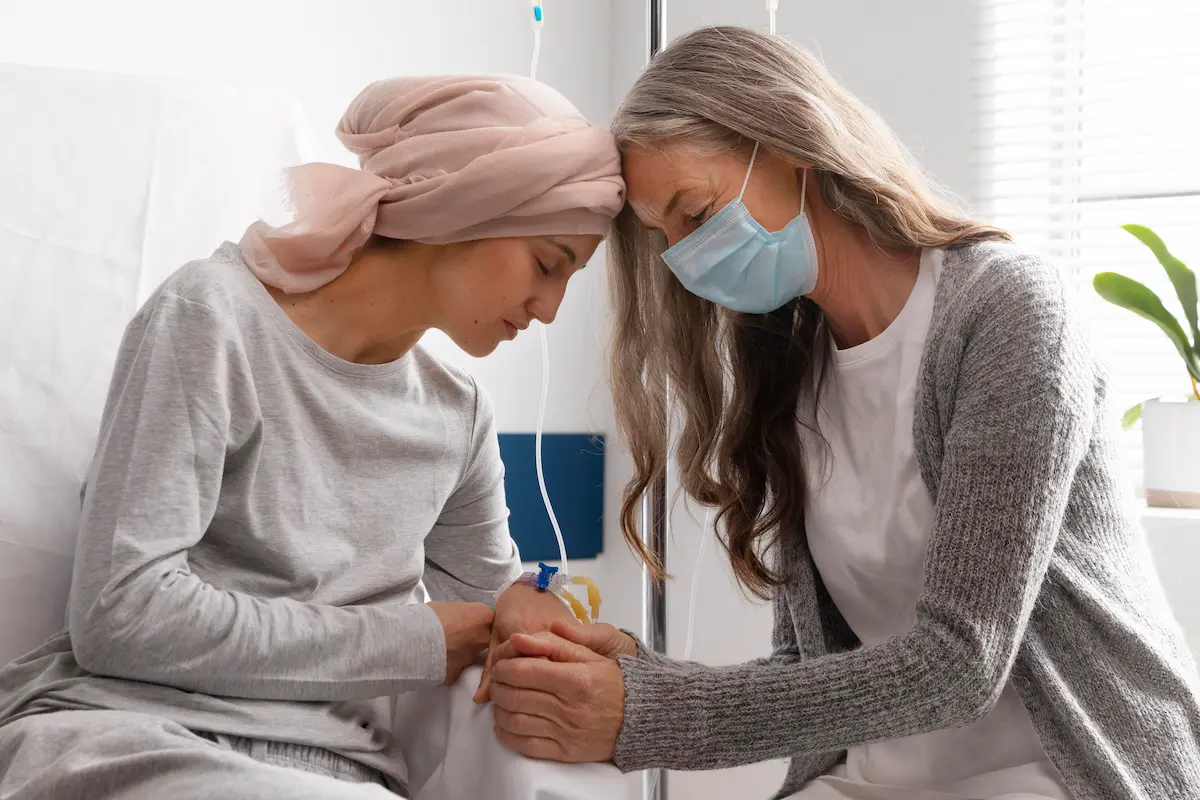
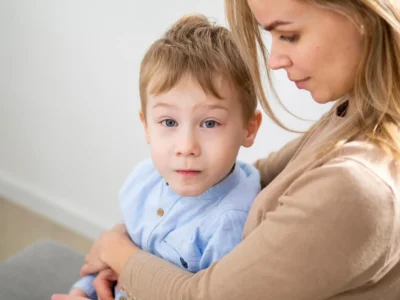
 Worksheet for working on hemispatial neglect in adults: Text Comparison
Worksheet for working on hemispatial neglect in adults: Text Comparison
Leave a Reply